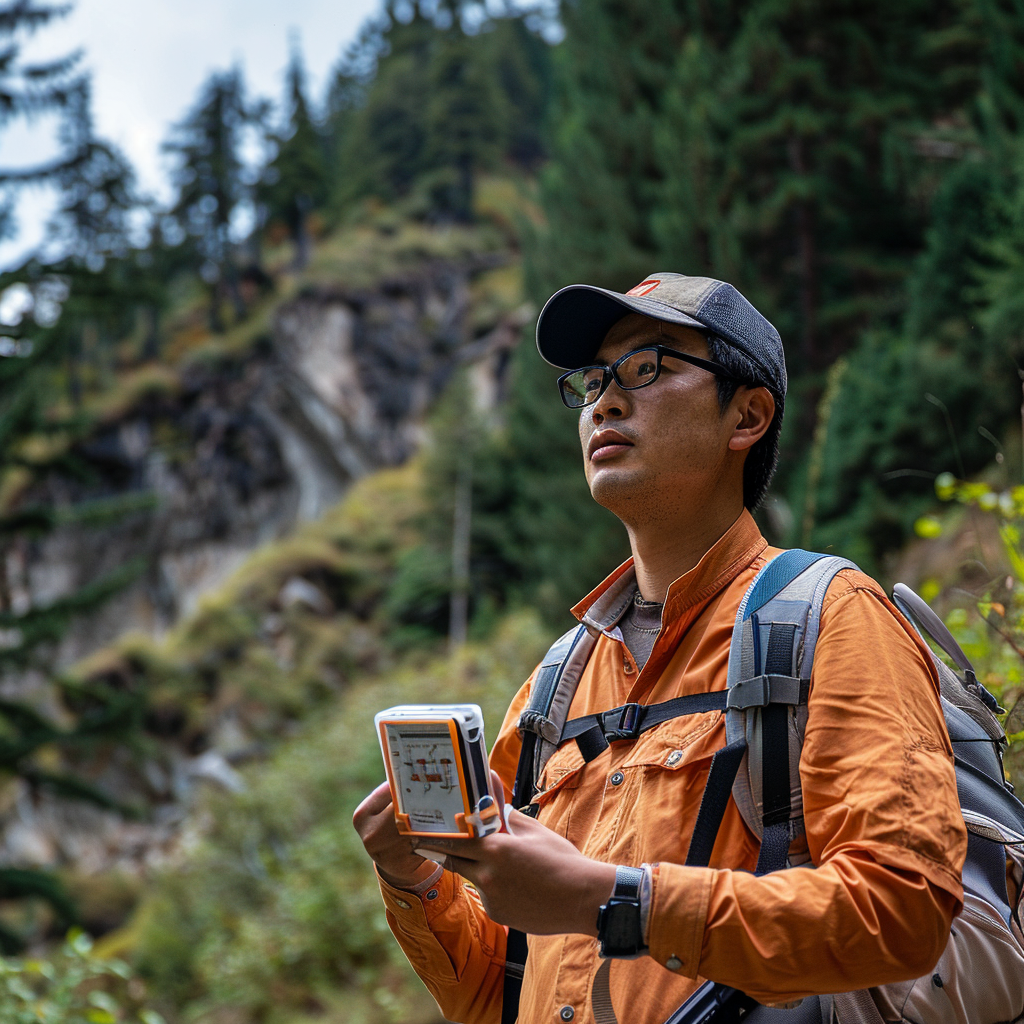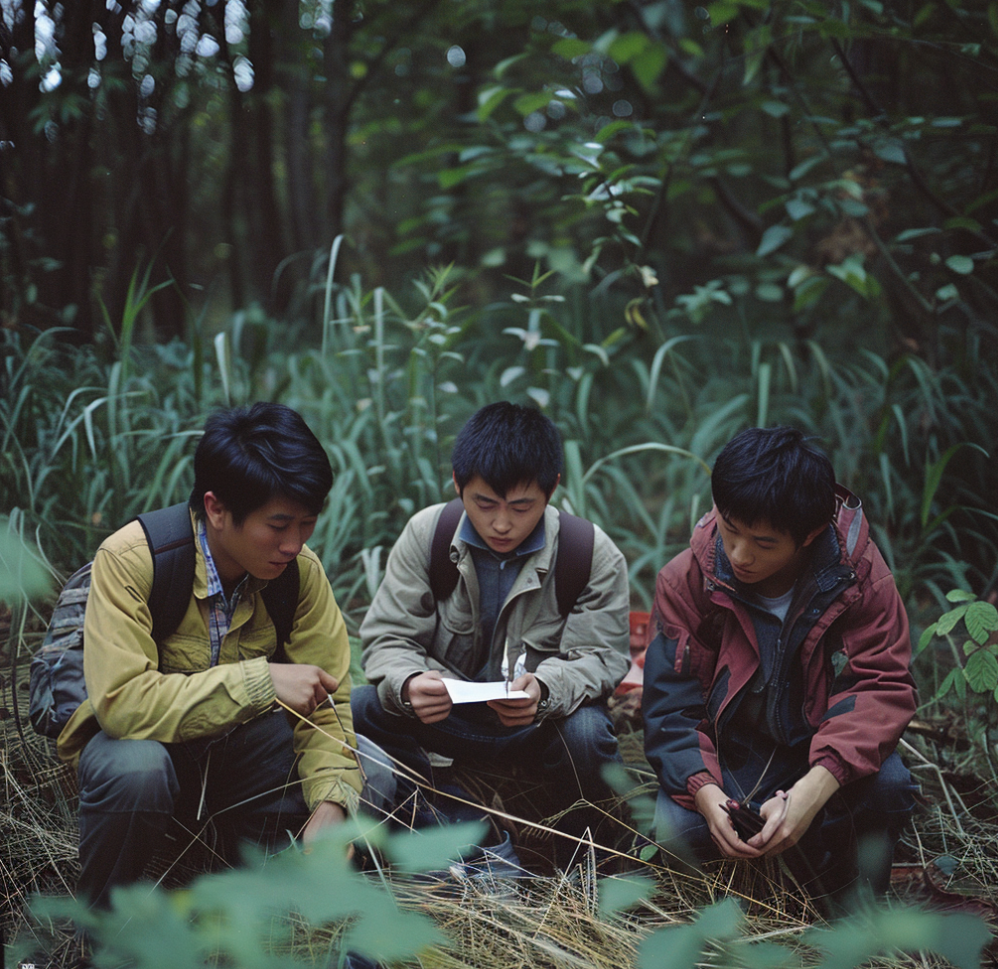发布:2025-07-10 浏览:0
在林木资产价格评估中,林地现行市价法凭借直观性与市场关联性,成为常用的评估方法之一,尤其适用于交易活跃、市场数据充足的林地评估场景,其核心是通过对比近期类似林地的交易价格,结合评估对象的具体特征进行调整,最终确定林地资产的合理价值。
In the evaluation of forest asset prices, the current market price method of forest land has become one of the commonly used evaluation methods due to its intuitiveness and market correlation, especially suitable for forest land evaluation scenarios with active transactions and sufficient market data. Its core is to compare the transaction prices of similar forest land in recent times, adjust them based on the specific characteristics of the evaluated object, and ultimately determine the reasonable value of forest assets.
林地现行市价法的基本原理建立在市场供求关系之上,即认为林地资产的价值可通过近期同类林地的实际交易价格来体现。评估时需先明确评估对象的基本属性,包括林地的位置、面积、立地条件(如土壤肥力、坡度、海拔)、林种(用材林、经济林、防护林等)、林龄、交通便捷度等,这些因素直接影响林地的使用价值与交易价格。例如,位于交通主干道附近的经济林地,因便于果实运输,其交易价格通常高于偏远地区的同类林地;土壤肥沃、坡度平缓的用材林地,由于林木生长速度快、采伐运输成本低,价值也相对较高。
The basic principle of the current market price method for forest land is based on the market supply and demand relationship, which believes that the value of forest land assets can be reflected through the actual transaction prices of similar forest land in recent times. When evaluating, it is necessary to first clarify the basic attributes of the evaluated object, including the location, area, site conditions (such as soil fertility, slope, altitude), forest species (timber forest, economic forest, protective forest, etc.), forest age, transportation convenience, etc. These factors directly affect the use value and transaction price of the forest land. For example, economic forests located near major transportation arteries often have higher transaction prices than similar forests in remote areas due to their ease of fruit transportation; Timber forests with fertile soil and gentle slopes have relatively high value due to their fast growth rate, low logging and transportation costs.
选择可比案例是该方法的关键环节。需在同一区域或相似区域内,筛选 3-5 宗近期(通常为 1-3 年内)已完成交易的林地案例,要求这些案例在立地条件、林种、面积、交易方式等方面与评估对象具有可比性。若找不到完全一致的案例,可选择相似案例并记录差异点,如某案例林地面积是评估对象的两倍,需分析面积差异对单位价格的影响;某案例林地为成熟用材林,而评估对象为中龄林,则需考虑林龄差异带来的生长潜力差异。可比案例的交易价格需为公开透明的实际成交价,排除拍卖、抵债等特殊交易形式下的异常价格,确保参考价值。
Selecting comparable cases is a key step in this method. It is necessary to screen 3-5 forest land cases that have completed transactions recently (usually within 1-3 years) within the same or similar areas, and ensure that these cases are comparable to the evaluated objects in terms of site conditions, forest types, areas, transaction methods, etc. If a completely consistent case cannot be found, similar cases can be selected and the differences recorded. For example, if the forest area of a certain case is twice that of the evaluated object, the impact of the area difference on the unit price needs to be analyzed; If the forest land in a certain case is a mature timber forest and the evaluation object is a middle-aged forest, then the growth potential differences caused by the age differences of the forest need to be considered. The transaction price of comparable cases should be the actual transaction price that is publicly transparent, excluding abnormal prices in special transaction forms such as auctions and debt offsets, to ensure reference value.

因素调整是现行市价法的核心步骤,旨在将可比案例价格修正为与评估对象相匹配的价格。调整因素主要包括以下几类:一是区位因素,如评估对象与可比案例在距离城镇、交通线、水源地等方面的差异,可通过区域地价修正系数进行调整,例如距离城镇每远 1 公里,林地单位价格可能降低一定比例;二是立地条件因素,对比土壤肥力、坡度、光照等指标,立地条件更优的林地价格相应提高,如肥沃土壤的修正系数可能为 1.1,贫瘠土壤则为 0.9;三是林分因素,林龄、林木蓄积量、生长状况等差异需量化调整,如中龄林与成熟林的价格差异可参考当地林木生长周期与预期收益计算;四是交易情况因素,若可比案例的交易存在特殊优惠或附加条件,需剔除这些因素的影响,还原正常市场价格。
Factor adjustment is the core step of the current market price method, aimed at adjusting comparable case prices to match the evaluated object. The adjustment factors mainly include the following categories: firstly, location factors, such as the differences between the evaluated object and comparable cases in terms of distance from urban areas, transportation lines, water sources, etc., which can be adjusted through regional land price correction coefficients. For example, for every kilometer away from urban areas, the unit price of forest land may decrease by a certain proportion; The second factor is site conditions. Compared with indicators such as soil fertility, slope, and light, the price of forest land with better site conditions increases accordingly. For example, the correction coefficient for fertile soil may be 1.1, while for poor soil it may be 0.9; The third factor is the forest stand, and the differences in forest age, forest stock volume, growth status, etc. need to be quantitatively adjusted. For example, the price difference between middle-aged and mature forests can be calculated based on the local forest growth cycle and expected income; The fourth factor is the transaction situation. If there are special discounts or additional conditions in the transactions of comparable cases, the influence of these factors should be eliminated and the normal market price should be restored.
本文由林木资产价格评估友情奉献.更多有关的知识请点击:http://www.jyslpg.com我们将会对您提出的疑问进行详细的解答,欢迎您登录网站留言.
This article is contributed by the Friendship Contribution of Forest Resource Asset Evaluation For more information, please click: http://www.jyslpg.com We will provide detailed answers to your questions. You are welcome to log in to our website and leave a message



















